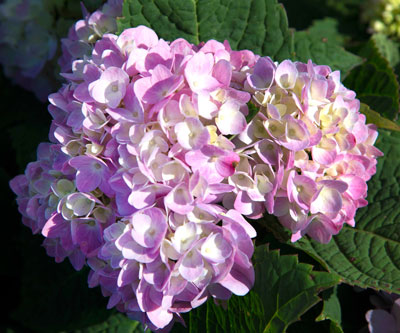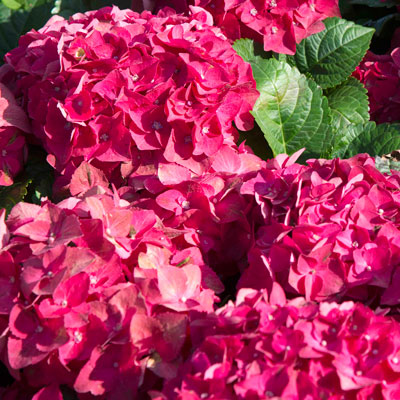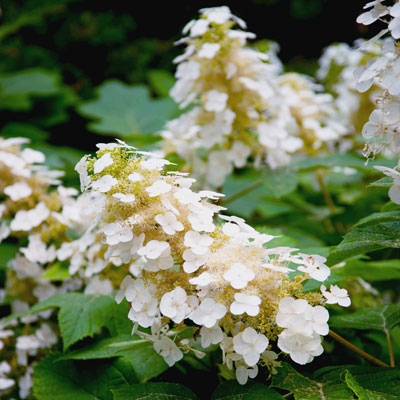Hydrangeas for Mom’s Day

If you live in East Texas, hydrangeas come pretty easy. They love the iron-rich, acidic soils and high humidity. However, by the time you go west toward I-35 and beyond, they become far more challenging.
Since hydrangeas are commonly given as Mother’s Day gifts, I thought it might be appropriate to outline your best steps to success.

Photo: It’s hard to resist something this lovely when you go garden shopping.
• Morning sun (until 9:30 or 10) and shade from then until evening will suit them best. Think about where you would grow ferns. Hydrangeas are usually fairly good companions with ferns.
• Highly organic planting soil. In East Texas, that means adding organic matter to what you already have at the time of planting. Near and west of I-35, however, it means replacing alkaline soils entirely with a mix of 50 percent sphagnum peat moss, 30 percent finely ground pine bark mulch and 20 percent sandy loam topsoil.
• The farther west and northwest you go in Texas, the more challenging hydrangeas may become. It’s pretty hard to grow them where winters are very cold or summers are very hot. As mentioned, low humidity is not their friend, either.
• Water regularly. Hydrangeas have very large leaves, and they’re usually the first plants in the garden to dry out. Watch daily for signs of wilting, then soak them thoroughly when it starts to show up. (That assumes, of course, that the soil isn’t waterlogged. See story on over-watering in last week’s e-gardens.)
• Apply complete-and-balanced plant food every two or three weeks in spring and into early summer.
• Add an iron/sulfur soil amendment to correct iron deficiency. (Yellowed leaves with dark green veins, most prominent on newest growth first.) Keep iron products off masonry and painted surfaces.
• It should be noted that the common pink-flowering hydrangeas can be changed to blue by the addition of aluminum sulfate. Blue flowers can be changed to pink by the addition of lime. These changes, however, do take time, so plan ahead. Personal opinion: it’s best to take what Nature gives you. Over- or under-shoot and you may end up with a muddy brown tint. Here is information from Southern Living.
• Prune only after they finish blooming, and then only as needed to reshape the plants. Exception would be in those extreme winters when the tops are frozen. You can prune out dead wood, but those stems probably will not bloom the following spring.

Photo: Oakleaf hydrangea is a tougher character. Watch for a feature on it here next week.
There are many species and selections of hydrangeas. Where florist hydrangeas have a reputation of being somewhat temperamental outside of East Texas, Oakleaf hydrangeas are far more durable. They’re large, woody shrubs. I’ll plan on featuring them here next week.
